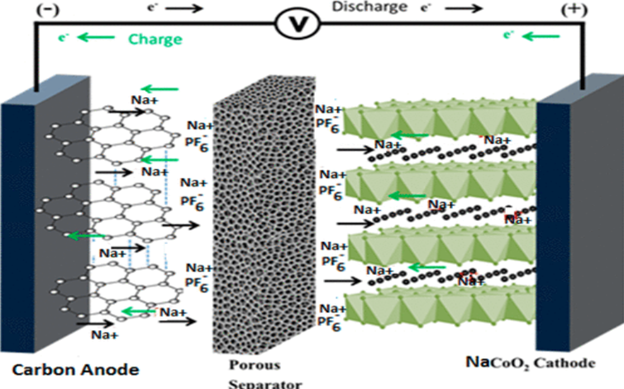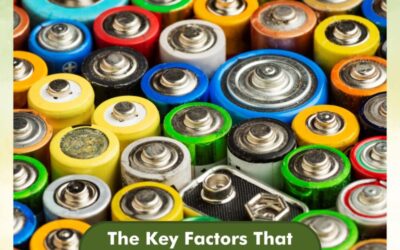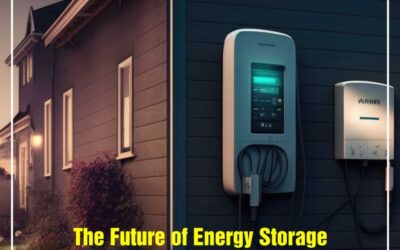
In a bid to increase awareness about sodium-ion batteries, Indi Energy shares a couple of top-level secrets (not really) with readers.
Indi Energy’s sodium-ion batteries meet the demand for sustainable and cost-effective energy storage, driving advancements in battery technology. While lithium-ion batteries have dominated the market, sodium-ion batteries are fast emerging as a viable substitute due to their abundant availability, cost-effectiveness, and impressive performance, even in cold temperatures. In this article, we explore the extraction process of sodium, the working principle of sodium-ion batteries, and the innovative work of Indi Energy, India’s pioneer in sodium-ion battery fabrication.
Why are sodium ion batteries better?
Sodium, the seventh most abundant element in the world, is found in significantly higher quantities compared to lithium, which is concentrated in specific geographic locations similar to oil. The added benefit is that the extraction and purification of sodium are more cost-effective. Moreover, due to the substantial surplus of sodium supply surpassing current demand, sodium-ion batteries are notably more affordable when compared to their lithium-based counterparts.
How is sodium extracted for sodium ion batteries?
Obtaining sodium is simpler and more cost-effective compared to lithium. Sodium can be extracted from sodium chloride, also known as table salt. By heating sodium chloride to 801 degrees, a molten sodium chloride bath is created. Graphite anodes and liquid sodium cathodes are added, followed by the application of electricity. This electrolysis process results in the formation of sodium metal at the cathode and chlorine gas at the anode. The collected sodium metal is then used in sodium-ion batteries, providing a sustainable and efficient energy storage solution.
How do sodium-ion batteries work?
Sodium-ion batteries operate on a similar principle to lithium-ion batteries. They store energy by converting electrical energy into chemical energy, which is later converted back into electrical energy during usage.

The sodium-ion batteries consist of three main components: a cathode (positive electrode), an anode (negative electrode), and a separator that keeps them apart. The separator contains a binder and an electrolyte, consisting of sodium salt dissolved in a suitable solvent mixture. This electrolyte enables the transportation of sodium ions between the electrodes while ensuring electronic insulation.
We could tell you more in detail, but then that would mean us putting all the cards on the table. We can’t have that now, can we? Instead, let’s talk quickly about sodium-ion battery advantages.
The Advantages of Sodium-Ion Batteries Sodium-ion batteries offer several advantages that make them a promising alternative to lithium-ion batteries. Firstly, they are non-flammable, eliminating the risk of fire-related accidents. Secondly, sodium is abundantly available, reducing concerns about resource scarcity. Additionally, sodium-ion batteries exhibit excellent performance even in cold temperatures, making them suitable for various applications.
Indi Energy, the pioneers of sodium-ion battery fabrication in India
Based in Roorkee, India, we specialize in producing next-generation rechargeable sodium-ion cell pouches, solid-state batteries, and supercapacitors. Indi Energy utilizes hard carbon, derived from agricultural waste or biowaste, as the anode material for its batteries. What’s even more remarkable is that Indi Energy has achieved one of the world’s highest performances for hard carbon, enhancing the efficiency and cost-effectiveness of our sodium ion batteries.
As the world strives for greener and more sustainable energy solutions, sodium-ion batteries have emerged as a promising alternative to lithium-ion batteries. The sodium extraction process is simpler and cheaper, and the batteries offer comparable performance while being non-flammable and efficient even in cold temperatures.
Indi Energy’s innovative work in sodium-ion battery fabrication, using hard carbon derived from agricultural waste, further emphasizes the potential of sodium-ion batteries in revolutionizing energy storage. To learn more about Indi Energy and our contributions to the salt-powered energy revolution, get in touch with us today.






